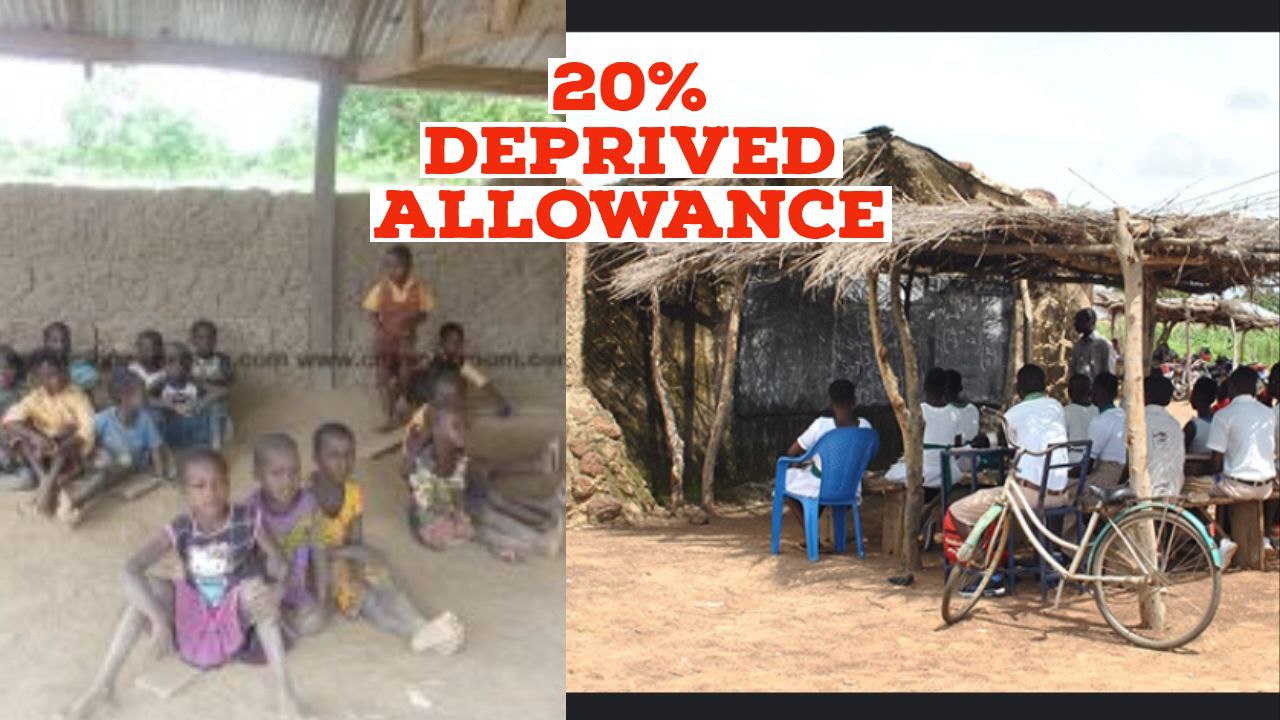
Deprived Areas (Schools) in Ghana to Receive 20% Allowance: What You Need to Know
The Ghanaian government has announced its readiness to implement the Deprived Area Allowance, a move aimed at motivating teachers to accept postings to underserved areas. This initiative has sparked discussions on how these “deprived areas” will be identified and how the 20% allowance will be calculated.
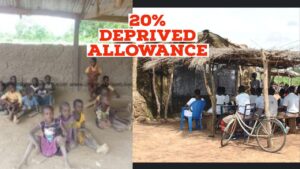
Follow us for the Latest Updates Click Here
In this blog post, we’ll explore how similar systems work in other countries, like Zambia, and provide a detailed breakdown of the identified deprived areas in Ghana. We’ll also discuss the challenges faced by teachers in urban areas and the government’s plans to address these issues.
How Teacher’s Rural and Remote Hardship Allowance is Calculated Elsewhere
A Look at Zambia’s System
In Zambia, the Ministry of General Education has a well-structured system for calculating Rural and Remote Hardship Allowances. Here’s a snapshot of how it works:
1. Rural and Remote Hardship Allowance
- Rural Hardship Allowance: Paid to teachers serving in rural schools, categorized based on the school’s distance from the nearest district center.
- Categories:
- A: 30 to 70 km
- B: 25 to 70 km
- C: 20 to 70 km
- D: 0 to 15 km
- Rate: 20% of the monthly basic salary.
- Categories:
- Remote Allowance: Paid to teachers in schools over 70 km (for categories A, B, and C) or over 15 km (for category D) from the nearest district center.
- Rate: 25% of the monthly basic salary.
Note: Teachers cannot receive both the Rural Hardship Allowance and Remote Allowance simultaneously.
2. Accommodation Allowance
- Teachers without institutional housing are eligible for an accommodation allowance based on their salary scale.
3. Responsibility Allowance
- Paid at 20% of the basic salary to teachers with specific qualifications and responsibilities, such as degree holders teaching “A” level classes.
Seekers MultiConsult 247
Services
- Transcript Application from your University
- English proficiency
- Recommendation Letter
- Scholarship Application Assistance
- Visa Application Guide
- Loan for Gov. Workers through CAGD
- Local and Internation Admission Application
Call/WhatsApp 0550414552 or email seekersconsult247@gmail.com
Deprived Areas in Ghana: Where Will the 20% Allowance Apply?
Several regions and districts as deprived areas. Schools within these districts will qualify for the 20% allowance. Here’s the breakdown:
List of Deprived Districts by Region
| Region | Deprived Districts |
|---|---|
| Ashanti | Sekyere Afram Plains, Sekyere Central, Ejura Sekyedumasi, Amansie West, Amansie South, Banda, Tain |
| Bono | Jaman North, Jaman South, Dormaa West, Sene West, Sene East |
| Bono East | Pru West |
| Eastern | Pru East, Atebubu Amantin, Kwahu Afram Plains South, Kwahu Afram Plains North, Upper Manya Krobo, Ayensuano, Fanteakwa North, Ada East |
| Greater Accra | Ada West |
| Volta | Ningo Prampram, Agortime Ziope, South Dayi, North Tongu, Akatsi North, Anloga |
| Western | Wassa East, Wassa Amenfi West, Wassa Amenfi East, Jomoro, Ellembelle, Upper Denkyira West, Upper Denkyira East |
| Central | Assin North, Assin South, Twifo Hemang Lower Denkyira |
| Ahafo | Asunafo South |
| Northern | All Districts (except Tamale and Sagnarigu) |
| North East | All Districts |
| Savannah | All Districts |
| Upper East | All Districts (except Bolgatanga) |
| Upper West | All Districts (except Wa) |
| Oti | All Districts |
| Western North | All Districts (except Bibiani Anhwiaso Bekwai and Sefwi Wiawso) |
Note: The official classification document from the Ghana Education Service is yet to be released. The above list is based on preliminary identifications.
Challenges for Urban Teachers: Rent and Transport Allowances
While the 20% allowance is a welcome relief for teachers in deprived areas, those in urban areas are also advocating for rent and transport allowances. Teachers in cities often spend a significant portion of their salaries on high rent and transportation costs, which can be a financial burden.
The government has acknowledged these concerns, and President John Dramani Mahama has promised that no new school will be built without teacher accommodations. This initiative aims to address the accommodation challenges faced by teachers across the country.
The introduction of the Deprived Area Allowance is a significant step toward improving education in underserved communities in Ghana. By learning from systems like Zambia’s, the government can create a fair and effective framework for identifying deprived areas and calculating allowances.
However, it’s equally important to address the needs of teachers in urban areas, who face their own unique challenges. As the government works to finalize the official classification of deprived areas, stakeholders must continue to advocate for comprehensive solutions that benefit all teachers.
Stay tuned for updates on this developing story, and share your thoughts in the comments below!

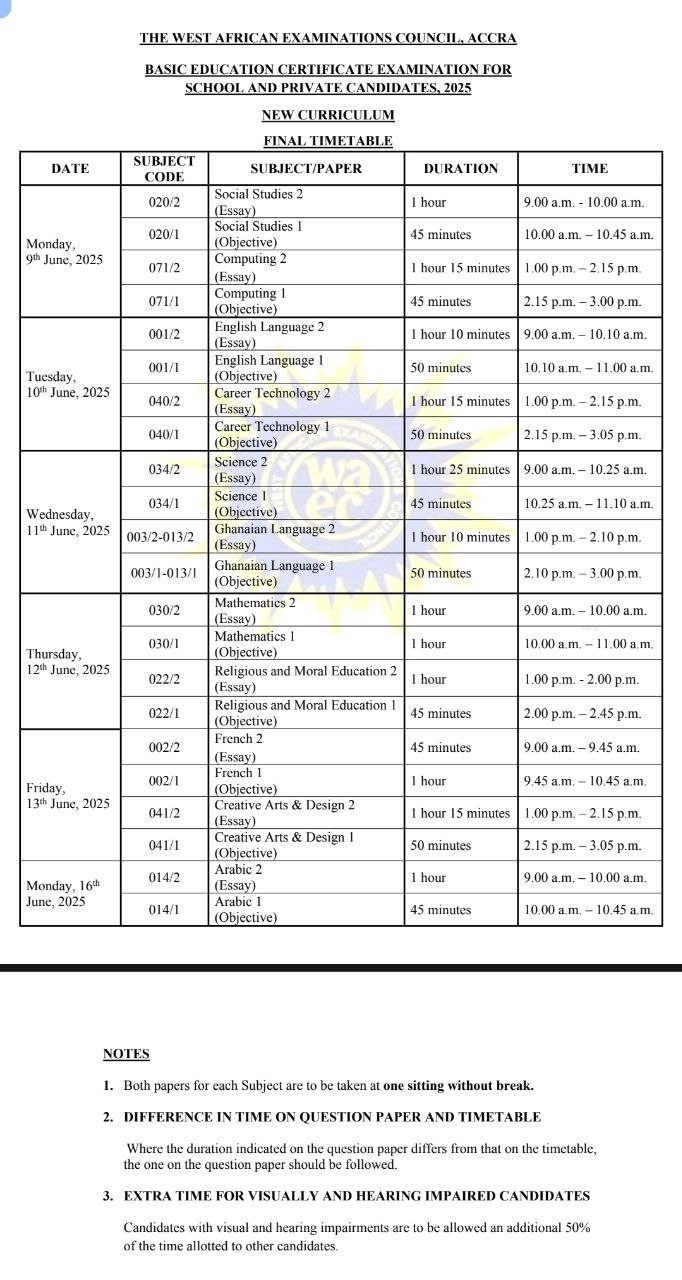

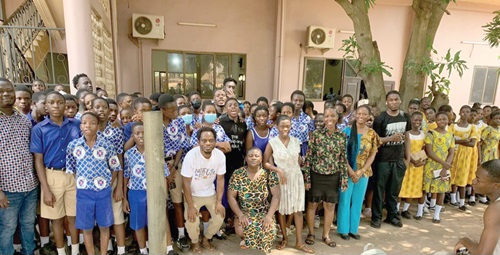
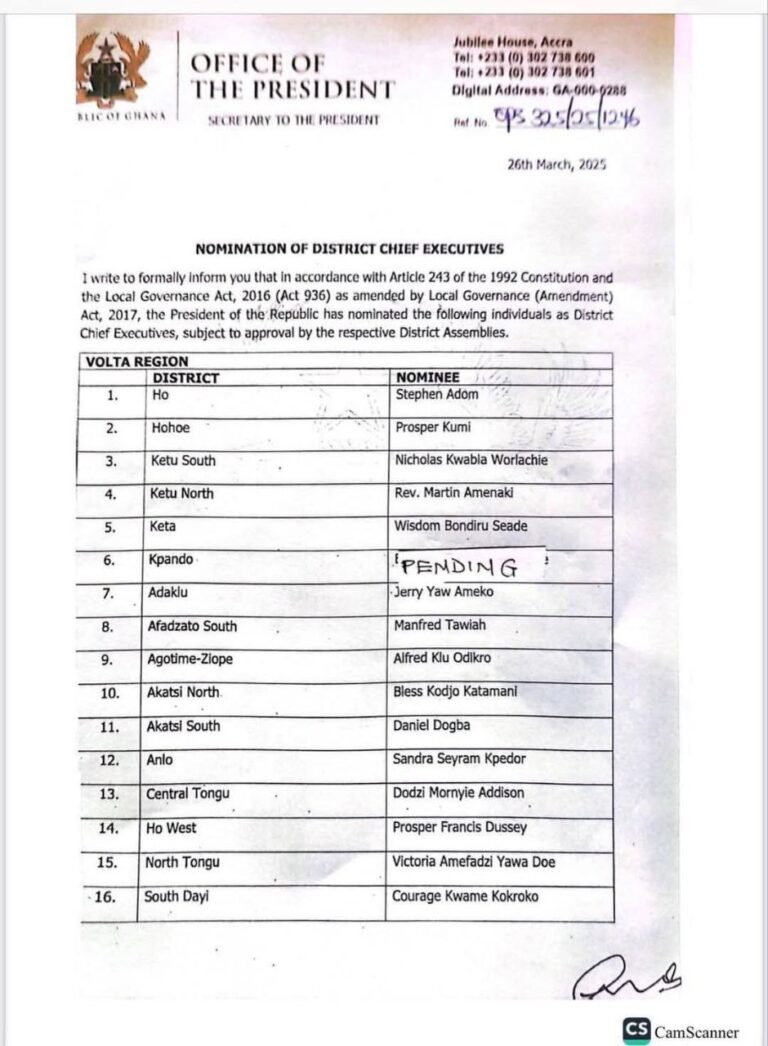
Please President John Mahama is the current president of Ghana so why addressing him as former whiles he is?
Does it mean if you work in a deprived village and is not in any of these deprived districts u won’t be able to enjoy the deprived allowance?
Please we have so many areas in Bibiani Anhwiaso Bekwai that are deprived areas and teachers even find it difficult to teach. Please check on that for us🙏🏻
JDM should let 20% allowance reflect on the impending budget